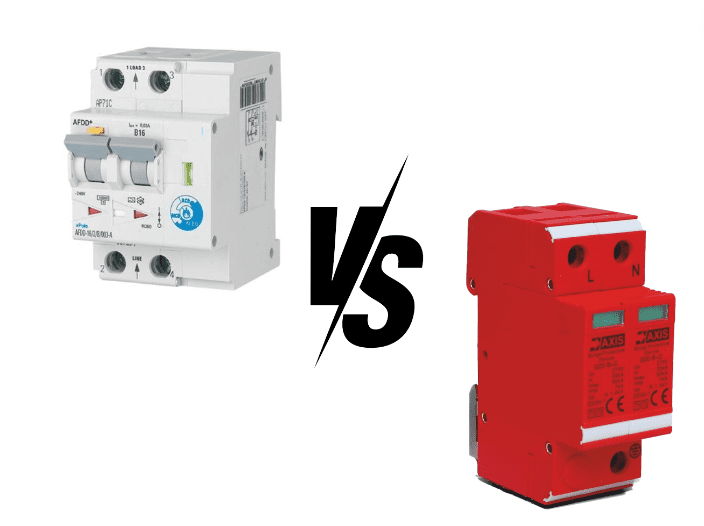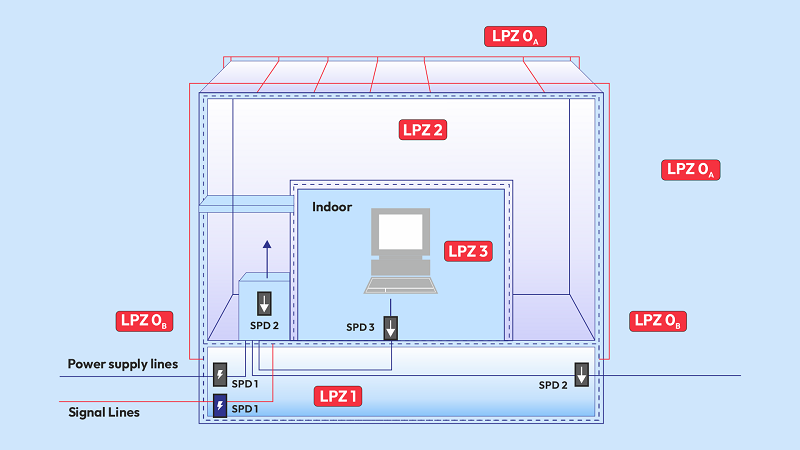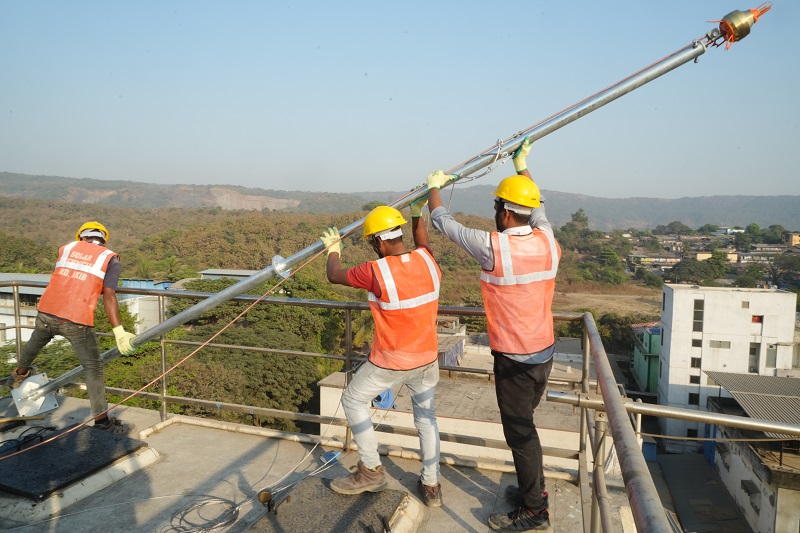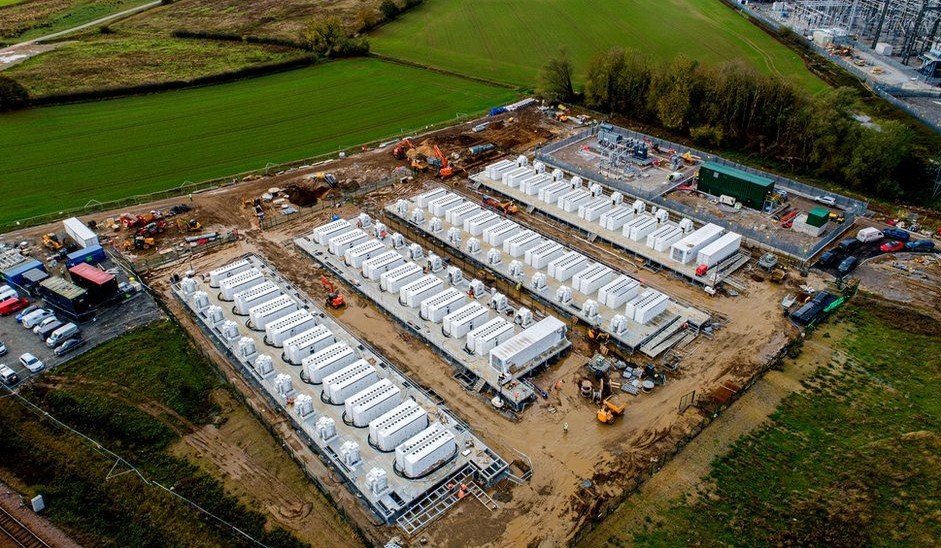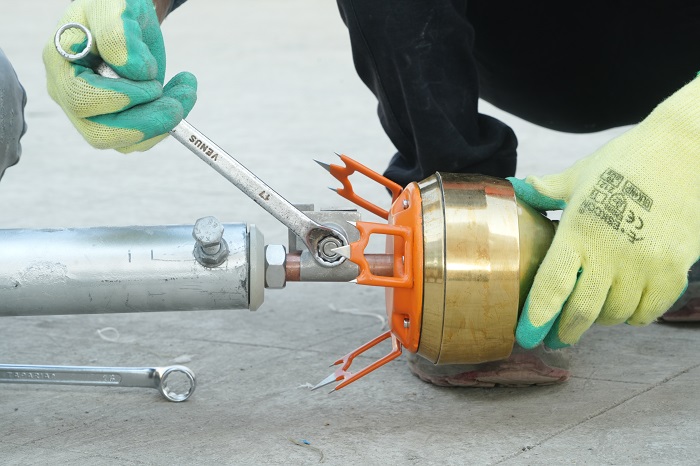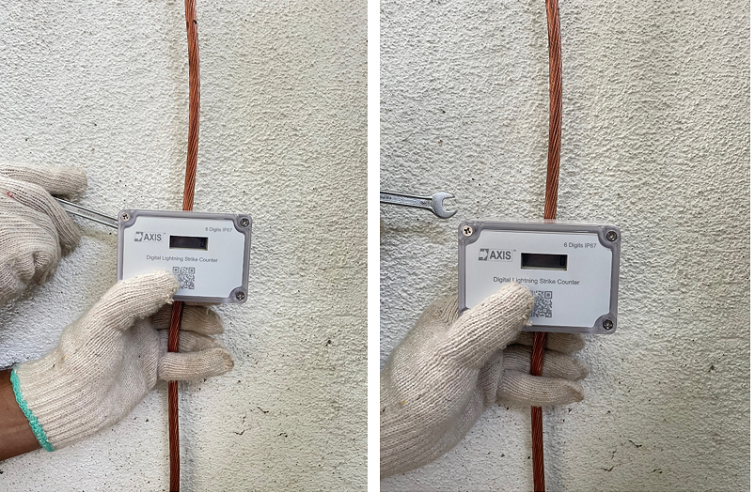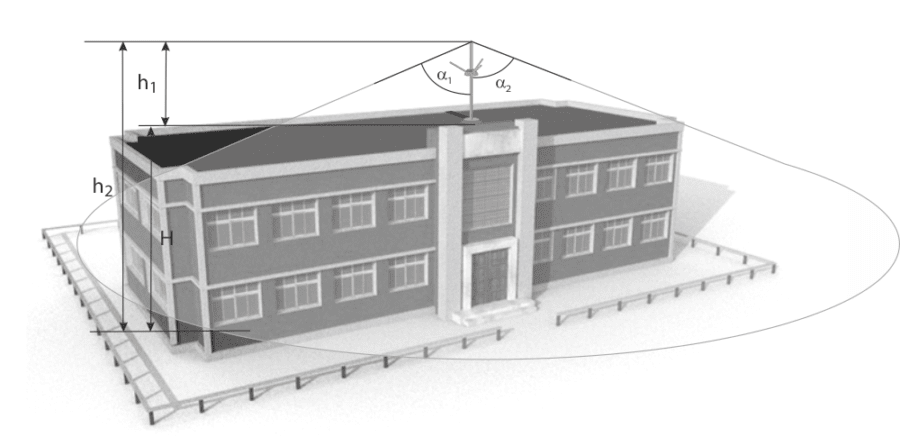Major Difference Between Surge Arrester and Lightning Arrester
Why is understanding the difference between Surge Arrester and Lightning Arrester crucial? Did you know the UK’s weather department reports over 3 million lightning flashes every day around the world? That means about 44 strikes happen every single second. But if lightning strikes are so common how do people protect …


